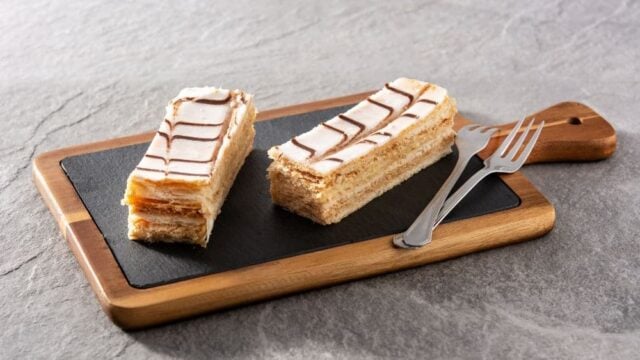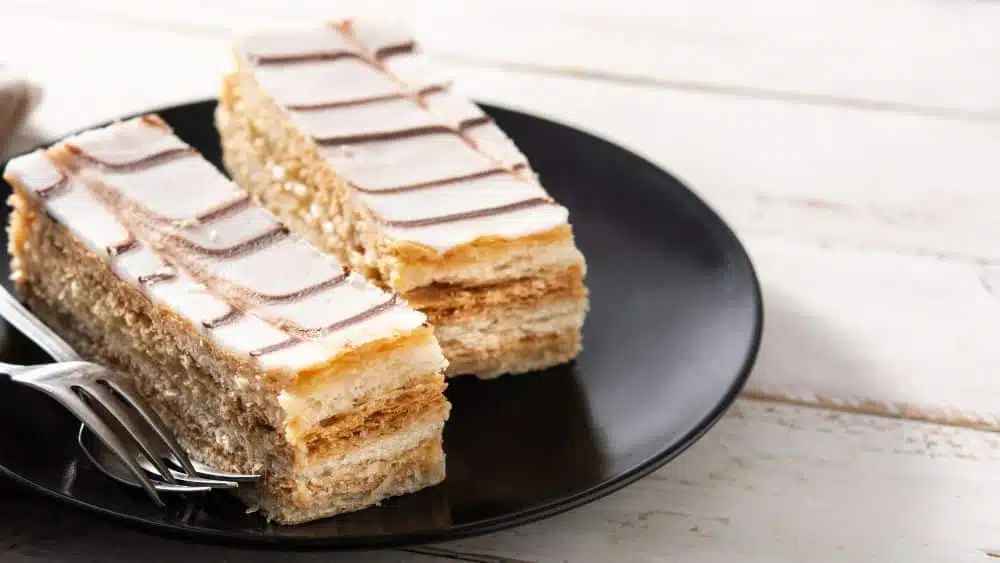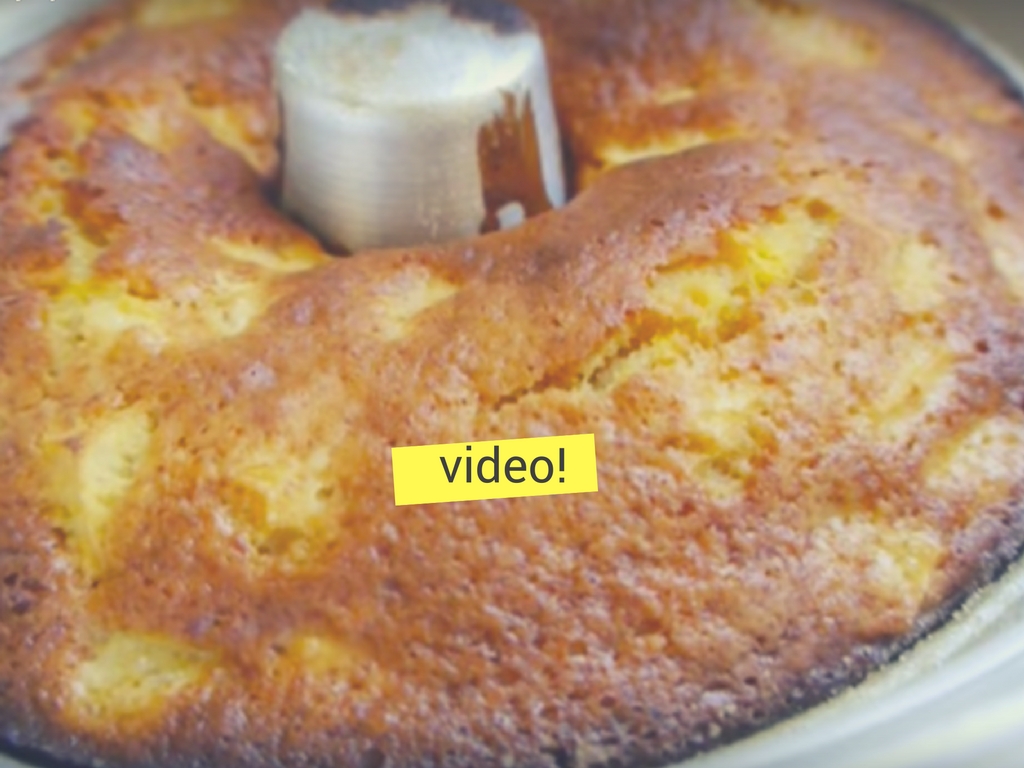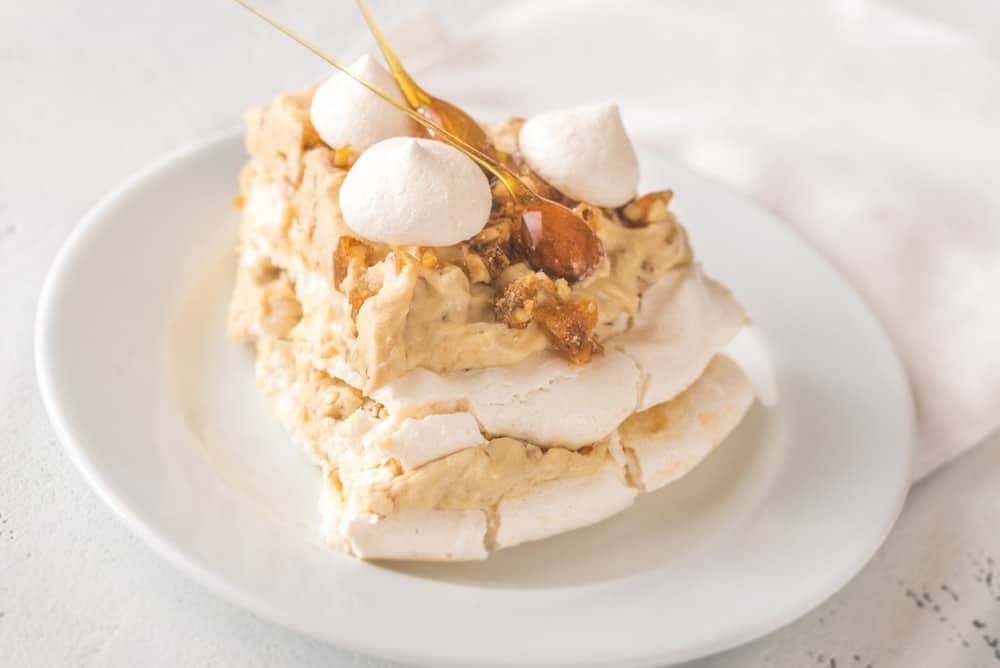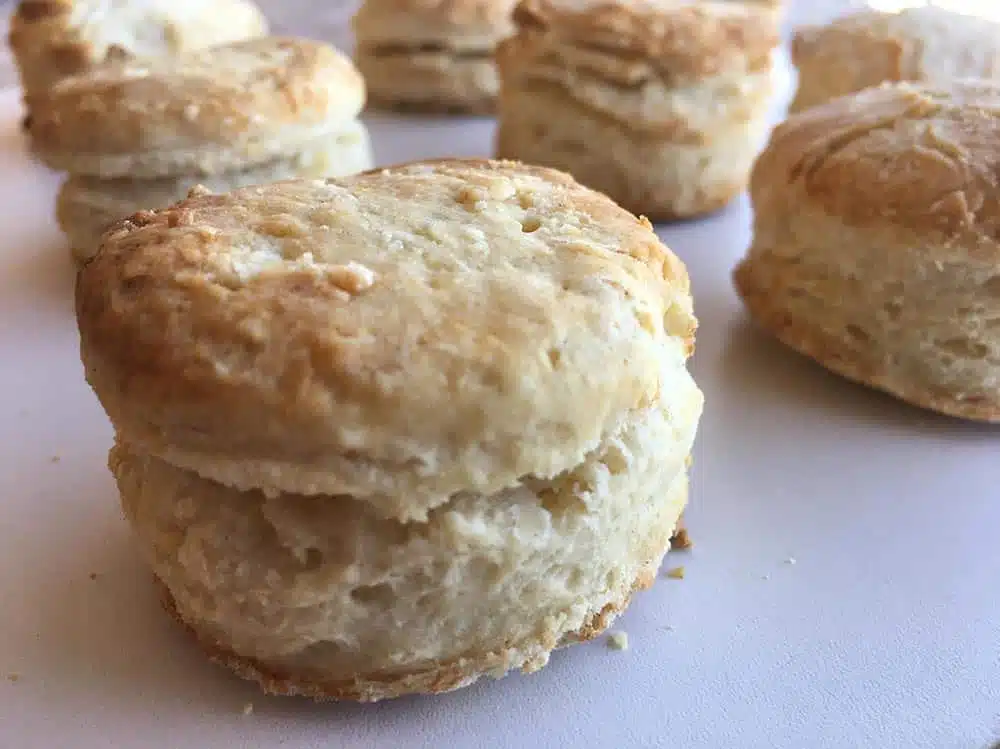How rich and beautiful is our protagonist today! Source of inspiration for numerous works of art and literature throughout history, for us the millets of custard is really a work of art.
Its base is the puff pastry mass, and that step is the only thing that can be hard because later, the recipe itself is super easy and fast. If they are very sweet to prepare because they will not want to stop eating but also remember to invite.
Content table
About Milhojas
In addition to the custard or chantilly , there may be other variations in the filling of Milhojas. Some versions can incorporate chocolate cream, fruit cream (such as strawberry or raspberry cream), coffee cream or even dulce de leche.
ORIGIN OF MILHOJAS, DELICE IN LAYERS
Milhojas , also known as "Mille-Feuille" in French, originated in France in the 19th century . It is attributed to the famous French chef Marie-Antoine Carême , who lived during the Napoleonic era and is considered one of the pioneers of haute cuisine and modern pastry.
Marie-Antoine Carême was an expert in mass elaboration and developed various culinary techniques, including the creation of the puff pastry . It is believed that it was he who popularized the use of the puff pastry in pastry, and that this dessert was one of the most emblematic creations that arose from this innovation.
- The Milhojas de Cream consists of crispy puff pastry layers and fine layers of custard or chantilly between them. The puff pastry is baked to obtain a crispy and golden texture, while the pastry cream or chantilly provides a soft and sweet flavor.
Miles today?
Nowadays, Milhojas has extended beyond France and is found in most pastries and restaurants around the world , adapting to different tastes and regional preparations. It is a dessert much appreciated for its elegance and taste, and its origin in French cuisine makes it a culinary symbol of great importance.
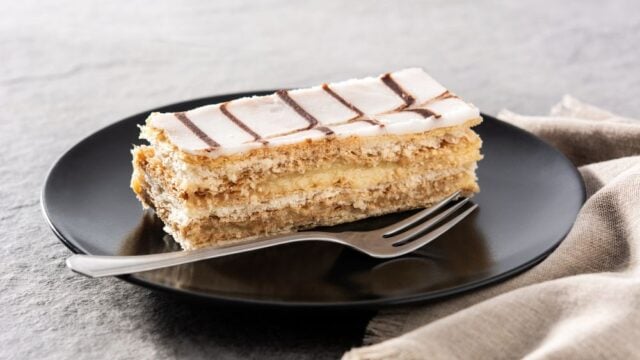
Where does Milshojas come from?
The Milhojas de Cream, also known as Millojas or Milhojas cake , is a popular variant of the French dessert "Mille-Feuille" . The name "Mille-Feuille" in French literally means "thousand leaves" , referring to the numerous layers of puff pastry dough that are used to elaborate this dessert.
A classic with other names
It is also known with other names in different countries and regions. These regional variants can incorporate other ingredients or flavors to adapt to local tastes and culinary preferences but always maintaining the original essence.
- Mille-Feuille : This is his original name in French, which literally translates as "thousand leaves." It is the most commonly used name in French -speaking countries and in places with a strong French culinary influence.
- Napoleon: In some English -speaking countries, this dessert is known as "Napoleon." This name originated in the United States and is associated with the complexity and elegance of dessert, reminiscent of the glorious victories of Napoleon Bonaparte.
- Puff pastry cake: In some places, especially in Latin America and Spain, it is simply known as "puff pastry" due to its puff pastry base.
Difference between Miles and Puff pastry
The puff pastry and the thousands can often be confused due to their relationship in the preparation of certain desserts, but refer to different things. The difference is that the puff pastry is the mass of pastry in itself, which consists of layers of dough and fat, while the Milhojas is a specific dessert.
- The puff pastry is a mass of pastry that is characterized by having multiple layers of butter or fat alternated with layers of dough. These layers of fat and dough are folded and rolled repeatedly to create a squamous and crispy texture when baked.
The puff pastry can be used in a variety of recipes, such as empanadas, tartlets, strudel and other salty or sweet desserts. It can be tested in different recipes both sweets of the Rogel Torta , or salty as Solomillo Wellington .
- The Milhojas consists of capes of crispy puff pastry stuffed with pastry cream, chantilly or some other type of sweet filling. The combination of puff pastry layers with the filling is what gives name to the dessert, since "thousand leaves" can be seen when cutting transversely.
My Milhojas Recipe
This recipe is characterized by its elegant and attractive appearance . In general, it is cut into rectangles or squares, in this way the alternate layers of mass and filling will be clear. It is usually decorated with a thin coat of real sugar or real glaze , it is often presented with additional decorations, such as chocolate filigrants or fresh fruits.
Datito: In 2010, in Argentina, a Guinness record was established for the longest thousands of the world, which measured more than 1.5 kilometers. The one we are going to do today will not be that long but surely a record could win for its simplicity and flavor!
Seguime on Instagram ( here )
And on YouTube that I upload new videos every week ( click here )
Milhojas recipe
Yield : 6 portions
Preparation time : 45 minutes
Ingredients
- 1 sheet of puff pastry
- 2 cups of custard
- Glasé sugar
How to do Milhojas
- Preheat the oven to 200 ° C and prepare a baking sheet lined with baking paper. Make sure the puff pastry is cold and in conditions to begin with. Extend it on a slightly floured surface and use a roller to stretch it slightly and give it a rectangular shape.
- Transfer to the prepared tray and chop the surface with a fork to prevent it from inflating too much. Bake 15-20 minutes or until golden and well inflated. It is important to monitor during the baked process so you don't burn.
- Remove from the oven and when the dough is cold, carefully cut the layers into rectangles or squares. Place a layer of puff pastry on a plate and add a generous pastele cream layer on it. Repeat the process until you use all layers.
- Finish the preparation with a puff pastry. Sprinkle icing sugar and cool for at least 1 hour before serving, so that the custard is settled and easier to cut.
